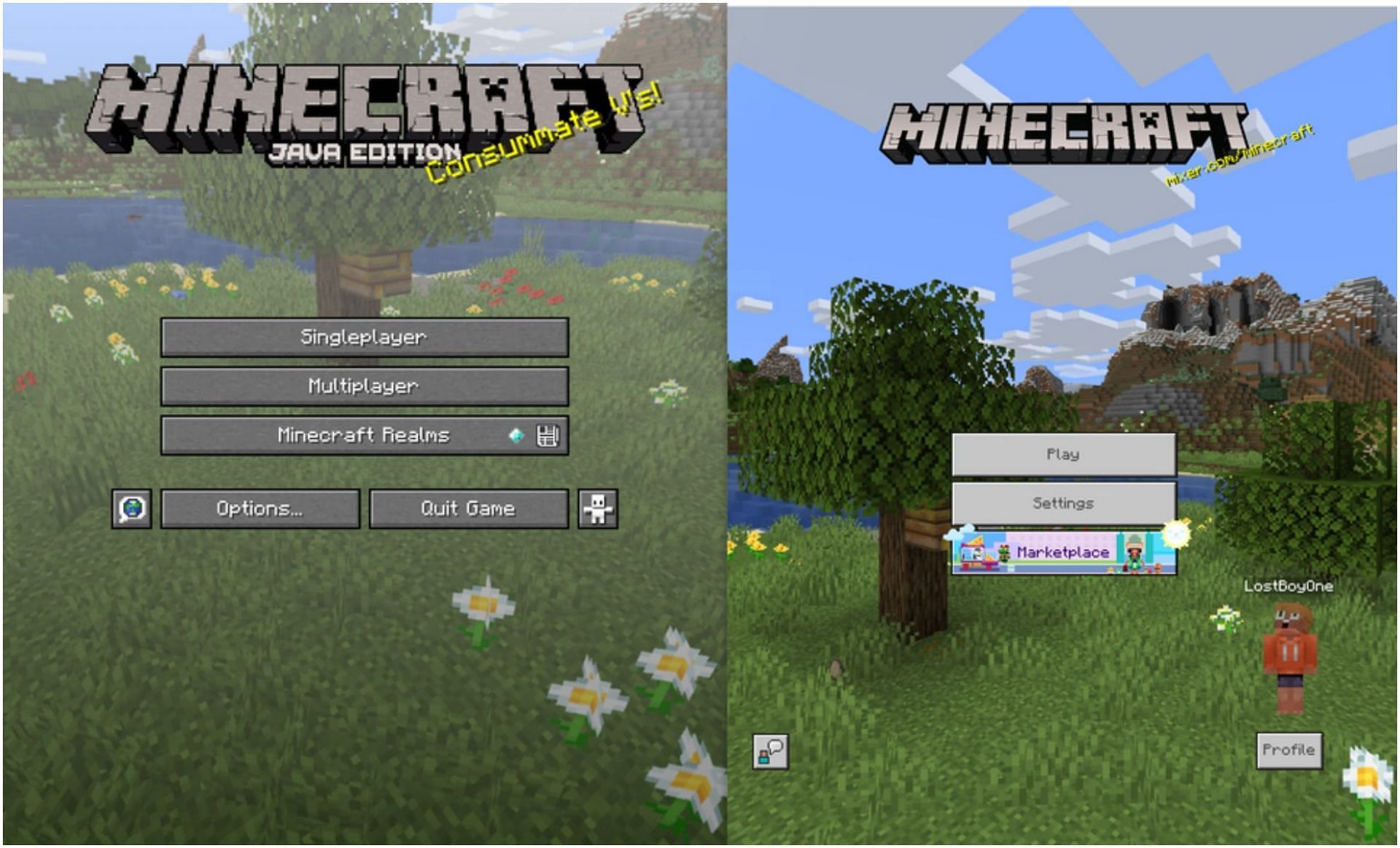

Can only spread sculk on blocks in the sculk_replaceable tag.If a charge decays more than 24 blocks away from the catalyst, it merely vanishes.If a charge decays more than 4 blocks away from the catalyst, it has a chance of creating either a sculk sensor (90%) or a sculk shrieker (10%).The charge decays over time, faster the furthest away from the catalyst it moves.The experience will not be dropped in these cases.Even if the mob doesn't drop experience as it wasn't killed by a player, the blocks would still spread based on the amount of experience it normally drops.The amount it spreads depends on the amount of experience the mob is meant to drop. Spreads sculk blocks to wherever a nearby mob dies.Emits soul particles after a mob dies within 8 blocks, and grows sculk related blocks.Sculk blocks grow when a mob dies near a sculk catalyst.If too many sculk shriekers activate, wardens may emerge from the sculk blocks.
 Activates nearby sculk sensors and shriekers even when wool is placed on it. Does not drop anything or experience when blown up with TNT. Drops only experience when broken without Silk Touch. Has some unknown "interesting" purpose. Is completely blast-resistant, is immune to withers and ender dragons, and takes an incredibly long amount of time to mine (82.5 seconds, which is almost 9 times longer than obsidian with a diamond pickaxe). Can be broken, but won't drop anything, even with Silk Touch. A new block only found in ancient cities shaped as a large frame. Unlike regular roots, they are an opaque block that can't be waterlogged. Can be crafted from 1 mud and 1 mangrove roots. Can be used to crafted into mud brick slabs, stairs, and walls using a crafting table or stonecutter. Like soul sand, but without the slowdown. When walking on mud, entities sink down a bit. This in turn enables renewable clay in Bedrock Edition (clay is already renewable in Java Edition). The dripstone dries it out, producing a clay block. Can be converted into clay by placing mud above a block which has pointed dripstone underneath. Can be created by using a water bottle, directly or through a dispenser, on dirt, coarse dirt and rooted dirt. A new type of wood, as well as a stripped variant.
Activates nearby sculk sensors and shriekers even when wool is placed on it. Does not drop anything or experience when blown up with TNT. Drops only experience when broken without Silk Touch. Has some unknown "interesting" purpose. Is completely blast-resistant, is immune to withers and ender dragons, and takes an incredibly long amount of time to mine (82.5 seconds, which is almost 9 times longer than obsidian with a diamond pickaxe). Can be broken, but won't drop anything, even with Silk Touch. A new block only found in ancient cities shaped as a large frame. Unlike regular roots, they are an opaque block that can't be waterlogged. Can be crafted from 1 mud and 1 mangrove roots. Can be used to crafted into mud brick slabs, stairs, and walls using a crafting table or stonecutter. Like soul sand, but without the slowdown. When walking on mud, entities sink down a bit. This in turn enables renewable clay in Bedrock Edition (clay is already renewable in Java Edition). The dripstone dries it out, producing a clay block. Can be converted into clay by placing mud above a block which has pointed dripstone underneath. Can be created by using a water bottle, directly or through a dispenser, on dirt, coarse dirt and rooted dirt. A new type of wood, as well as a stripped variant. 
If the roots are waterlogged, the water will vanish. Unlike leaves, it will not break when moved by a piston. Water currently doesn't spread outwards like with other waterlogged blocks. A see-through decorative block just like leaves, but can be waterlogged. Bees follow players holding them and can be bred with them. Can be planted both on land and underwater. Can break off a fully grown one, plant it to growing a mangrove tree. Have 4 stages to fully grown, can be accelerated by bonemealing. Propagules can also grow spontaneously from leaves, but only if they're naturally generated (not player placed leaves). Can be grown by bonemealing the mangrove leaves, grows from the exposed bottom of it. A new type of sapling which grows into a mangrove tree when planted. Can be used to craft respective slabs, stairs, fences, fence gates, pressure plates, signs, buttons, doors, boats and trapdoors. Can be crafted into mangrove planks and wood. Generated as a part of mangrove trees, which are located in mangrove swamps. Can grow mangrove propagules, if pressed with bone meal. Tadpole variant depends on the biome where it grows into a frog. Is laid by frogs after mating, when they are bred with slimeballs. Can't be obtained in survival: does not drop upon breaking, even with Silk Touch. Disappears when water under the frogspawn is gone. Non-solid blocks that can be placed on the surface of water. An ochre froglight is dropped if a temperate (orange) frog eats the magma cube. A verdant froglight is dropped if a cold (green) frog eats the magma cube. A pearlescent froglight is dropped if a warm (white) frog eats the magma cube. Which variant is dropped depends on the frog variant that eats the magma cube. Has three variants: pearlescent (purple), verdant (green), and ochre (yellow). Dropped by small magma cubes when they are eaten by frogs.







 0 kommentar(er)
0 kommentar(er)
